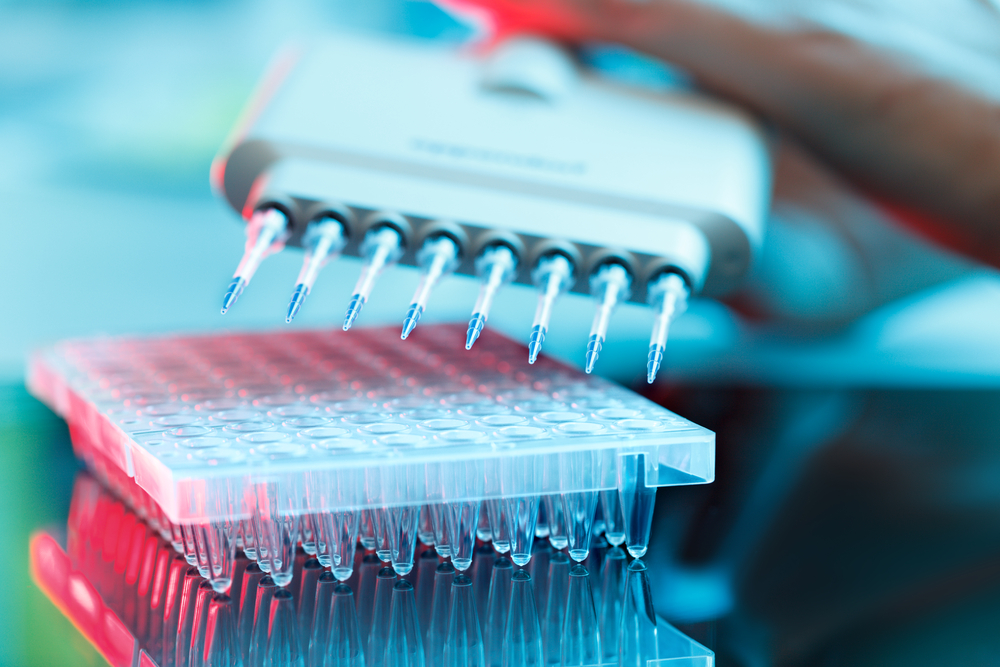Lung Stem Cells Discovery in Mice May Benefit Cystic Fibrosis Treatment

A new population of lung stem cells capable of repairing the airways following a severe injury was identified in two preclinical studies. These cells’ ability to transform and replace several lung cell types may be explored for regenerative medicines to treat diseases such as cystic fibrosis.
The findings were reported in two independent studies, “Myoepithelial Cells of Submucosal Glands Can Function as Reserve Stem Cells to Regenerate Airways after Injury” and “Submucosal Gland Myoepithelial Cells Are Reserve Stem Cells That Can Regenerate Mouse Tracheal Epithelium,” both published in the journal Cell Stem Cell.
Stem cells have the capacity to differentiate into many cell types, as well as a great ability for self-renewal. In many tissues they serve as a reserve cell source to repair and replenish other cells.
Researchers found a new population of stem cells in the lung, lying beneath the surface of the airways, that in response to severe injuries can migrate and regenerate cells on the airways.
The human airways are lined by a layer of epithelial cells that help to protect the lungs from harmful materials. These cells are susceptible to damage, relying on close-by stem cells for repair.
Using mouse models, researchers found that a previously unknown population of stem cells, called glandular myoepithelial cells (MECs), existed in deeper layers of the airways, at the place of submucosal glands — the glands responsible for secreting the lung mucus.
When an injury occurs in their surroundings, MECs have the capacity to replace the damaged cells. Surprisingly, these cells also were capable of moving to and repairing the epithelial layer at the surface of the airways, in the case of severe damage.
This capacity to regenerate the lung was possible thanks to the high versatility of these cells, capable of differentiating into several cell types in the lung.
“We demonstrated that MECs can self-renew and differentiate into seven distinct cell types in the airway,” Preston Anderson, said in a press release. Anderson is an undergraduate researcher at the University of Iowa and one of the study’s co-first authors. “No other cell type in the lung has been identified with this much stem cell plasticity,” he said.
Researchers believe MECs can serve as a natural source for lung regeneration, since the niches where they reside, the submucosal glands, are localized throughout the airway.
Two factors expressed by MECs also were found to be important for their regenerative capacity; they are called Lef-1 and SOX9.
In the future, designing strategies to manipulate Lef-1 and SOX9 and enhance MECs’ lung repair ability may help to develop regenerative medicine approaches to treat airway diseases such as cystic fibrosis, chronic obstructive pulmonary disease (COPD), and asthma.
“We have identified a potentially important stem cell target and defined a central mechanism that engages stem cell regeneration,” concluded Thomas Lynch, PhD, co-first author of one of the studies. “We hope this new knowledge accelerates the development of regenerative medicines such as gene therapies and pharmaceuticals for lung diseases.”







